|
1/19/2018 17 Comments A Life Forgotten This is a different kind of story. It’s not about a building or history. It’s a tribute to a friend of mine that I did not realize I had lost until very recently. I wanted to honor her, and share her story with as many people as I could. Posting this on my blog was the best way I could think of. I hope our story touches you. I also realize that I don’t have any photographs of my friend Alexis. Not from high school, or any other time. So this post is illustrated with historic photographs of South New Berlin, NY, where she lived, and we both went to junior and high school. In our 7th grade history class we learned about our town’s history, as well as greater NY State history. Our teacher, Mrs. Johnson, would have loved these postcards and photographs.
During the summer between my sixth and seventh grades, my parents transferred us from one school to another. My mother had gotten a job teaching at South New Berlin Central School, which was the next town over from our home in Gilbertsville, where my brother and I were attending school. Both towns were about the same size, in fact, South New Berlin was smaller, with the same population and demographics – small villages in rural upstate New York. That summer, I was going into 7th grade – junior high, and my brother Mark was about to be in 5th grade. Mom thought we would better thrive at SNB, and since she was driving there anyway, it seemed a good idea. So, for me, after six years in one school, I would be attending another, in a strange town, with new people. The Principal of South New Berlin Central School was Richard Marsters. He was a very disciplined, but fair man, probably due in part to his experiences commanding a warship during World War II. He was also an educator to the core, and would have been an asset to education anywhere. He hired my Mom in a heartbeat, something that was quite daring in very white, rural upstate New York in the late 1960s. My brother and I were the only African American students in the school.
17 Comments
1/2/2018 8 Comments What Building Overlooks Glen Avenue in North Central? Glenwood, of Course! - The Story of the Titus Eddy Mansion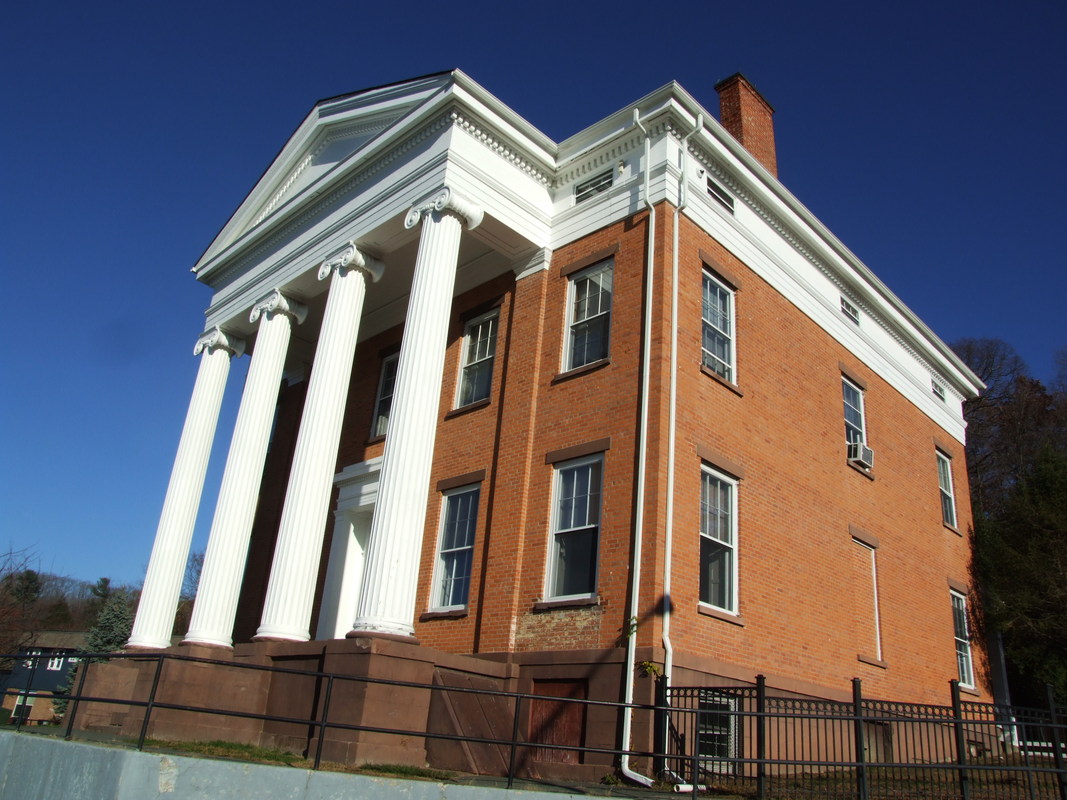 Photo by Suzanne Spellen Photo by Suzanne Spellen After settling into my new home in North Central, several years ago, I began exploring my neighborhood. As the leaves began to fall in autumn, a building appeared on the hill, near Oakwood Cemetery. It was best viewed from Glen Avenue, which formed a straight line up the hill to the house from the Hudson River.
From my vantage point on River Street, the building looked like an old mansion, a temple-front Greek Revival brick house standing high over the city. It was surrounded by the buildings making up Troy Housing Authority’s Martin Luther King Apartments. Everyone local I spoke to knew the MLK Apartments, but they had no idea what the mansion was, if it had a name, or anything about it. I love an architectural and historic mystery, so I was determined to find out what that building was. It took little time to find out that the building was now used as the Administration Office of the Troy Housing Authority. But what was it before that? Turns out, it’s one of Troy’s most important buildings, built for one of Troy’s most important families. Their legacy is not only important to the local area, but like many things that have come out of Troy, was important to the entire country. This is the story of the Eddy family, the family business, and their home - a mansion called “Glenwood.” As 21st century Americans, we take power for granted. We flip a switch, press a button, or turn a key and the lights go on, the computer powers up, or the engines in our cars engage. The only time most of us give these processes any thought is when we get our utility bills or go to the gas station to fill the tank.
Prior to the advances of electricity, however, we lived in an age of steam. The ideas for steam power go back as far as the 1st century AD, in Alexandria, Egypt. Over the centuries, inventors played around with steam power, making many discoveries and advances, but it wasn’t until the mid-1700s that steam powered engines came into their own as practical tools. The mining industry was the first practical application of early steam engines. In England, steam powered pistons drove mining equipment which made that dangerous job easier and faster. The engines were not perfect, and wasted a lot of energy, but they worked. Subsequent improvements and new applications of steam power issued in the Industrial Revolution, both in Europe and America. By 1860, downtown Troy’s 197 River Street had been home to dozens of businesses and institutions. The large, double-wide commercial building was built in the early 1830s, and appears in the Troy papers beginning in 1834. It was originally a plain brick, Greek Revival style warehouse building, like most of the buildings on the street. It’s a large building – 31 feet wide, and that gave its owners an opportunity to have two separate entrances, one on either side, and multiple businesses on its four floors. As we learned in the first part of this story, over the years, 197 was home to jewelers, dry goods dealers, book sellers, a railroad office, billiard hall and meeting rooms for the Young Men’s Association, whose library was the precursor of the Troy Public Library. By 1840, the entire ground floor had become one of Troy’s favorite restaurants: Rockwood’s Alhambra. Upstairs, one of the city’s many newspapers had their presses and offices: the Troy Daily Budget. By 1856, Mr. Rockwood was in Oakwood Cemetery, and his business eventually sold to a Mr. Foster, who seemed to have taken over the entire building for his expanded version of the Alhambra Restaurant and Hotel. But three years later, business was waning, and Foster sold the building to a Troy entrepreneur named Alexander Lutzelberger. He gave us the building we know today. In the city of Troy, few streets have more history and important buildings than River Street. From North Central to South Troy; end to end, the history of this Hudson River city can be gauged by the growth, improvement, successes and failures that took place along its length. From mansions and workingmen’s houses to factories, theaters, breweries and retail shops and offices – the pulse of Troy can be taken on River Street. This is the third in a series of articles about River Street. Today’s building has had so much going on inside over the years, there was too much information to process in one post. I wish all my buildings had such a well-documented and full history. Today, 197 River, is known primarily as home to River Street Beat Shop, one of the few remaining music stores around where one can still buy vintage vinyl records, all kinds of cd’s and even 8-track tapes sometimes. If you happen to be inside, rocking to bands you may not have heard since you were a teenager, you might be surprised to learn that this is not the first-time music has been enjoyed at this location. But I’m getting way ahead of myself… The city of Troy’s position on the Hudson River was essential to its growth as one of the 19th century’s most prosperous American cities. “Location, location, location,” is a real estate rule of thumb for a good reason. Troy is uniquely positioned to take advantage of the joining of the Hudson and Mohawk Rivers on its northern border, and the confluences of the Poestenkill and Wynantskill Creeks in South Troy. The Mohawk and Hudson are both part of the Erie and Champlain Canal system which allowed goods and commodities to flow between the Great Lakes, the Midwest, Canada and New York City, while the water power of the creeks made Troy’s large iron and steel industry possible. Troy’s position along the Hudson also empowered the textile, collar and cuff industry which gave the city the nickname “the Collar City.” So what kind of businesses were along River Street? What were their products or services? When were they built? Who were the owners, and what kinds of changes happened to the businesses, the buildings, and the city over the decades? That’s the topic of the next few blog posts. For the first post on this topic, please check this blog's previous post. As the young city of Troy grew in the early 1800s, River Street soon emerged as Troy’s most important thoroughfare. It made sense – the Hudson River was the source of the city’s growing importance as a nexus point for commerce traveling between New York City and Canada, and across to New England and central and western New York.
By 1820, River Street in downtown Troy was lined with businesses, most of them mercantile. Goods landing in Troy by barge and watercraft could very easily be directly loaded or unloaded on the river, right behind a merchant’s place of business. Local records show that these businesses included wholesale grocers, hardware dealers, printers, drug companies and chandlers – merchants who outfitted ships with rope, sails, foodstuffs, hardware and other supplies. In 1820, a disastrous fire raged through Troy, destroying most of downtown, which of course, had many more wood-framed buildings than it does today. A plaque at 225 River Street marks where the fire stopped, but not before doing an incredible amount of damage. A map of the “Burnt District” shows where the fire consumed everything in its path. All the buildings now on downtown River Street were built after this fire. Here in Troy, we’ve always liked to make things. During the mid-19th century, Henry Burden invented a horse shoe making machine that made Troy the largest manufacturer of horse shoes for the Union Army during the Civil War. He also invented a multi-story water wheel to power his iron works. It was the inspiration for RPI graduate Robert Ferris, who later built the first Ferris Wheel for the 1893 Chicago World’s Exhibition.
William and Louis Gurley, brothers who both were alumni of RPI, established the W&LE Gurley Company in 1845, manufacturing precision instruments. Their company continues to this day, and was responsible for many innovations in surveying, measuring and other incredibly detailed and precise instrumentation. Troy’s Meneely Bell Company cast some of the finest bells in the world, most of which are still ringing somewhere. Hannah Montague invented the detachable collar and cuff in 1825, launching an industry in Troy that outlasted the iron and steel manufacturing, and continued well into the 20th century. Textile related industries soon dominated Troy, resulting in the large factories along River Street and elsewhere in the city. Today, we still make stuff here in Troy – from the products of the Ross Valve Company, to video games, to the innovative fungus packing materials at Ecovative Design, and much more. We are a city of Makers, perhaps best expressed large and architecturally at the newly restored Quackenbush Building downtown, now home to the Tech Valley Center of Gravity. There members can tinker and invent even more ways to create cool stuff, becoming the Gurley or Burden of tomorrow. Which brings us to Steampunk and Troy. If you happen to be in a craft on the Hudson River near Troy, and you come to a waterfall that crosses the river between Troy and Green Island, you might not know that you are sailing by North Central. That fact is just another little tidbit about this neighborhood that I live in. We’ve got some cool stuff going on here. Like our own lock on the Hudson River.
It’s called, most appropriately, the Troy Federal Lock, and it is the first lock on the northwestern route of the Erie Canal that eventually takes you across New York State to Lake Ontario. Technically speaking, it’s also the first lock you come to on the northward journey up the Champlain Canal to Lake Champlain and on to the St. Lawrence Seaway. Pretty important place, I’d say. I’m always eager to learn more about my neighborhood’s past. North Central has a great history and is poised, like Troy itself, for the next step in the restoration of greatness. Our problems are challenges, not obstacles. I think one of the ways we can grow is to realize what we’ve got. And as far as our architectural heritage, we’ve got quite a lot.
I noticed this wonderful little building the first time I ever laid eyes on North Central. At the time it was a restaurant supply company, with chairs and tables in the window for sale. Of course, I thought “That would make a great restaurant or café.” |
AuthorMy name is Suzanne Spellen. I've been many things: a writer, historian, preservationist, musician, traveler, designer, sewer, teacher, and tour guide; a long time Brooklynite and now, a proud resident of Troy, NY. Archives
February 2019
Categories
|
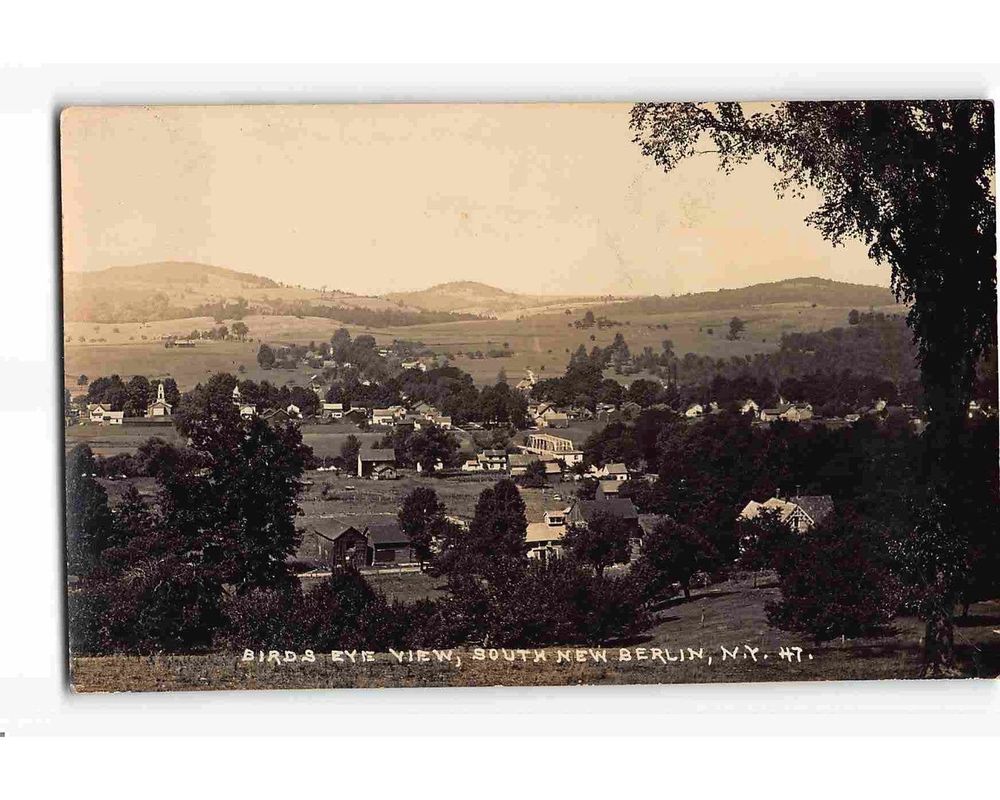
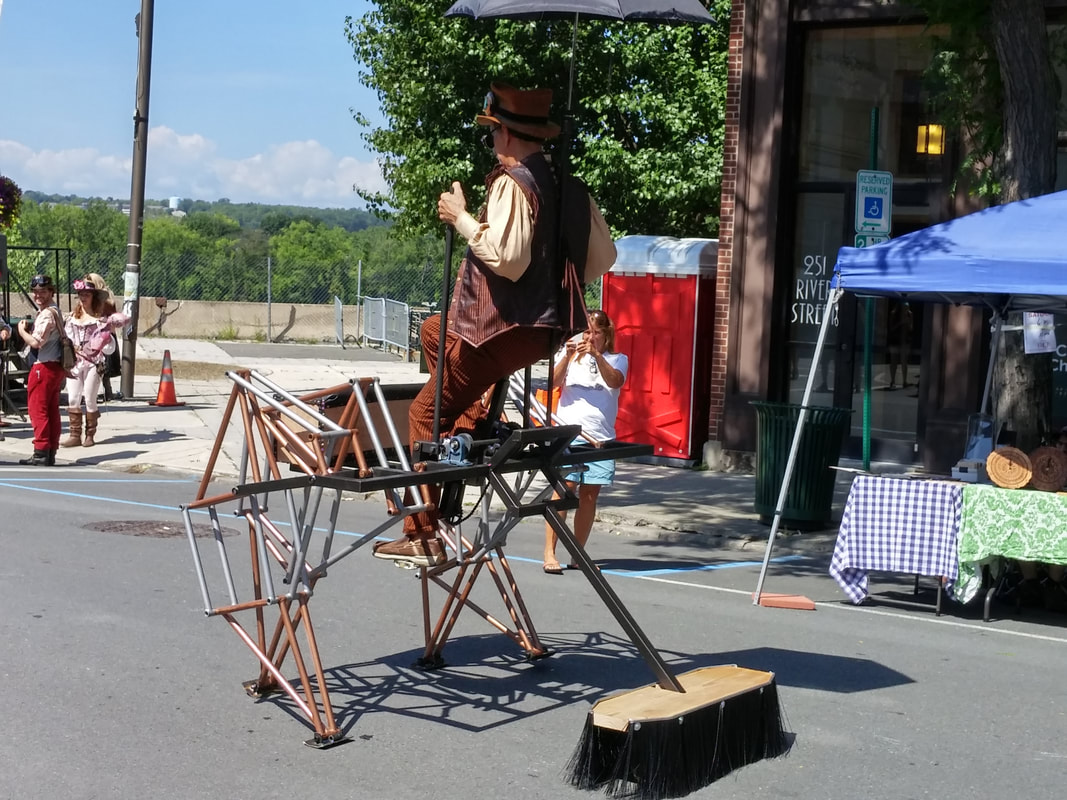
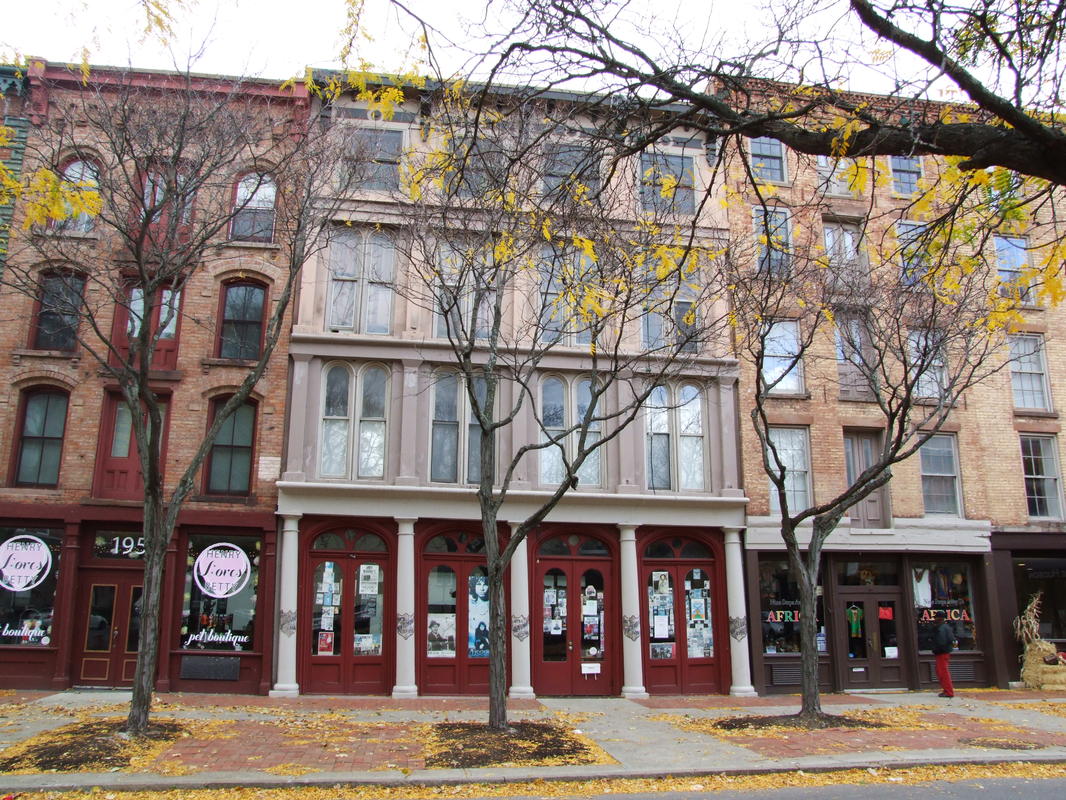
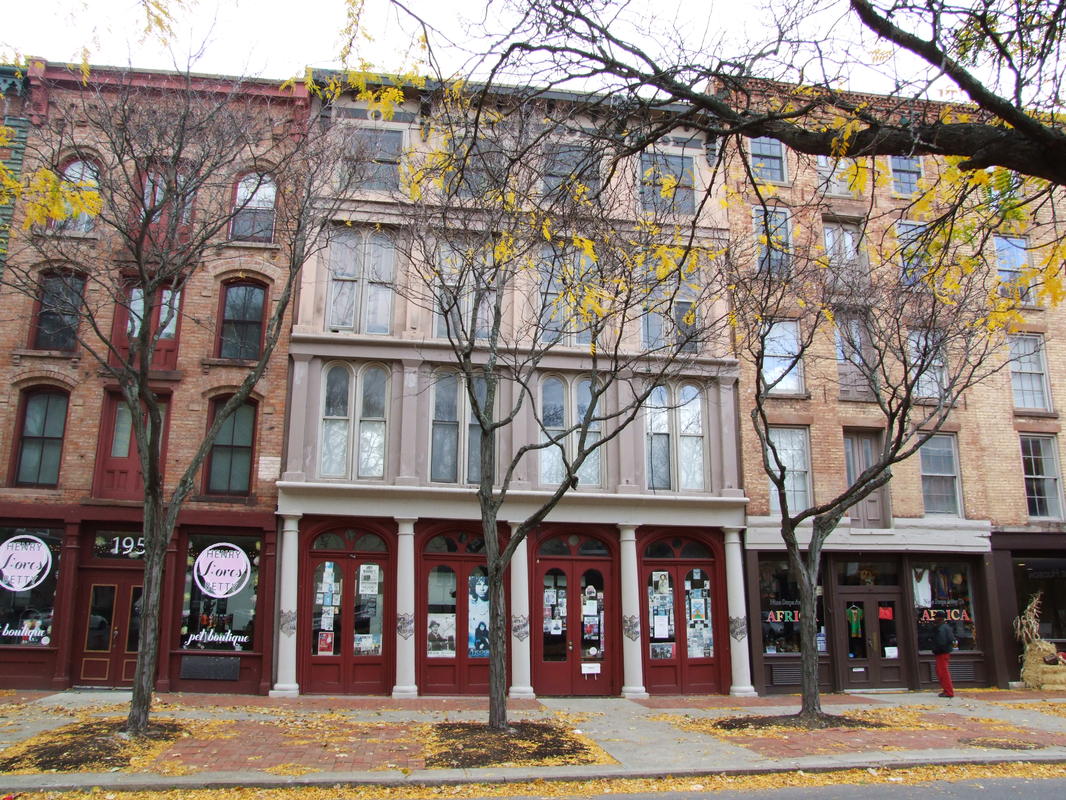
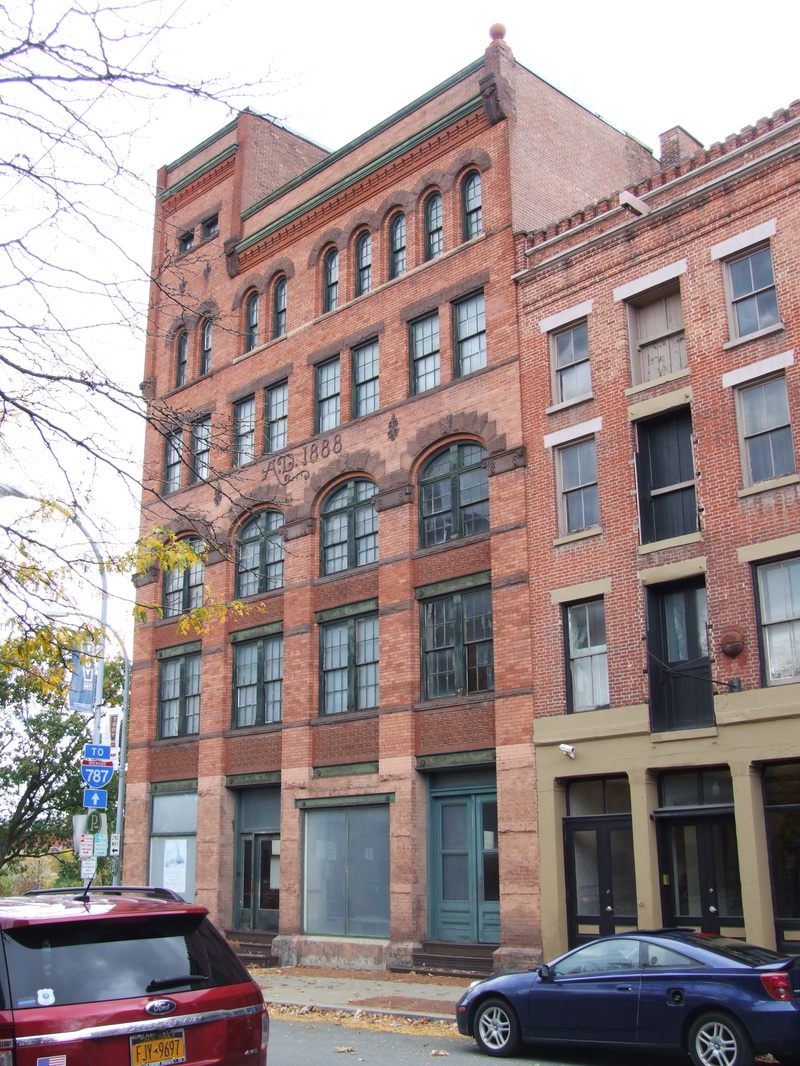

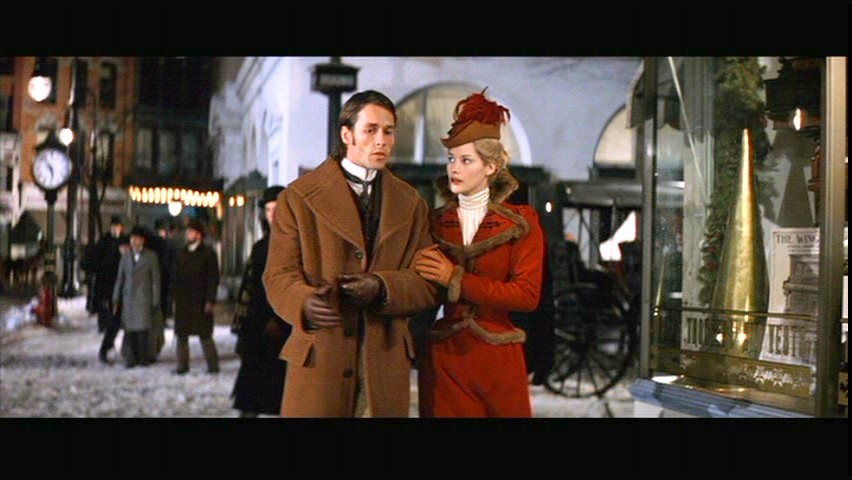
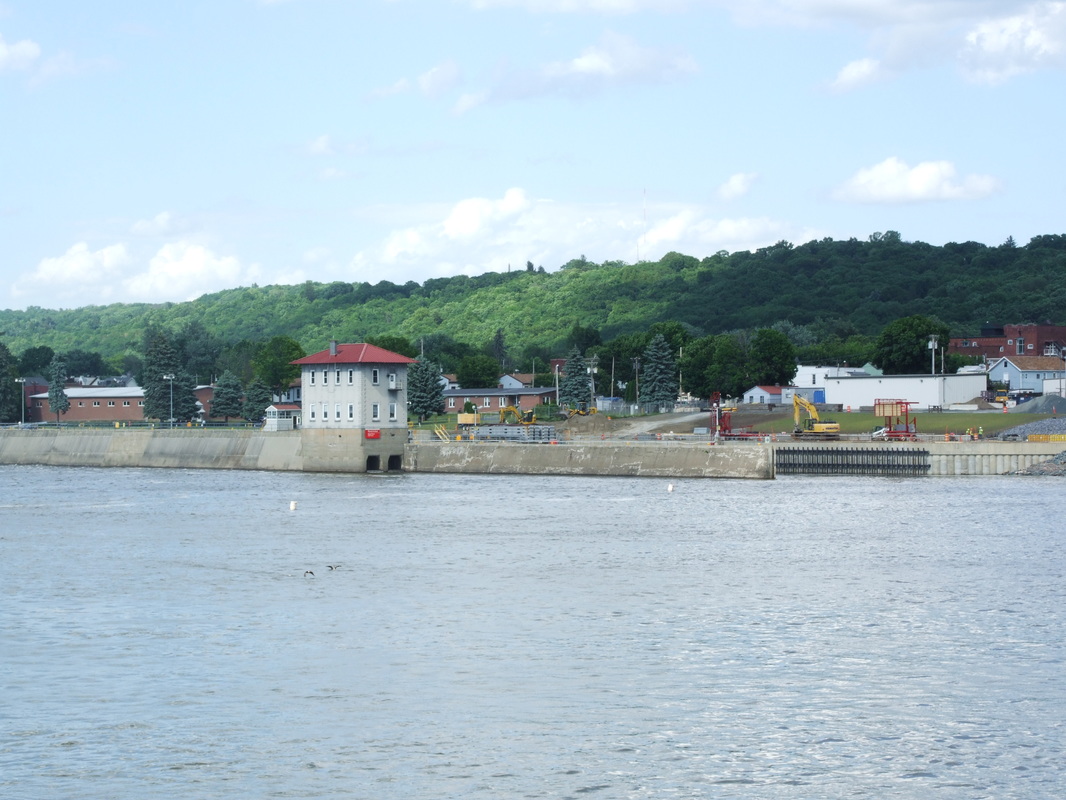
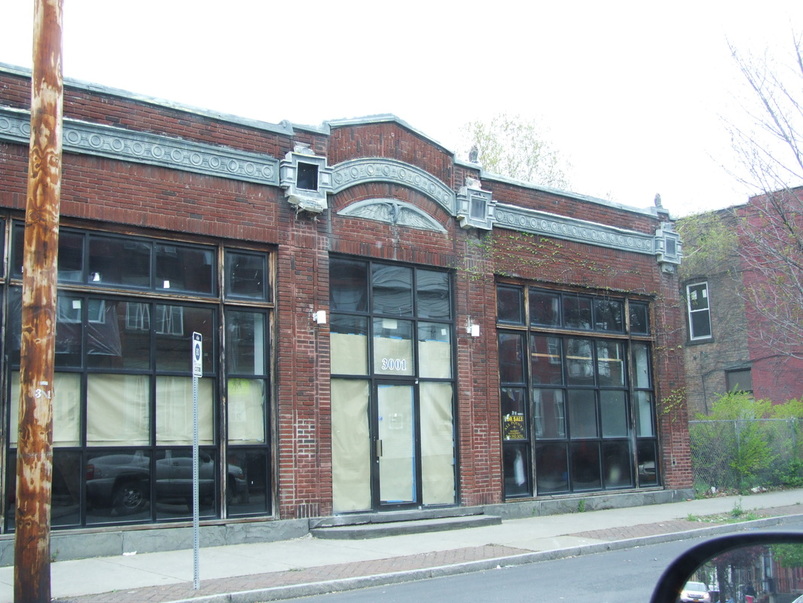
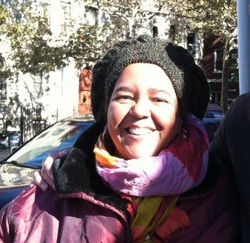
 RSS Feed
RSS Feed
